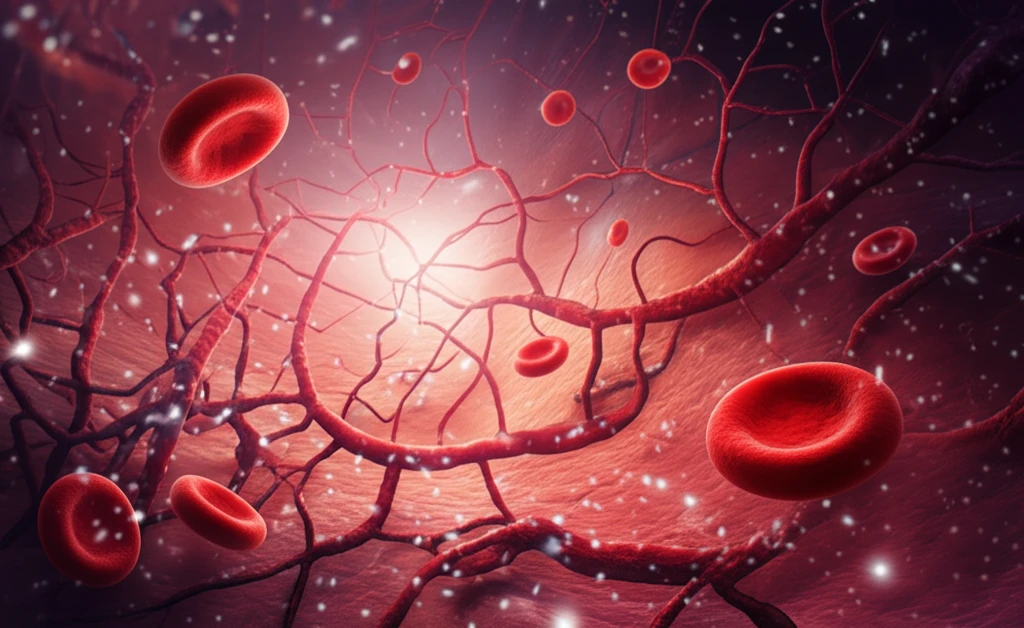
Unlocking Your Body's Hidden Highways: A Guide to Systemic Microcirculation
"From Tiny Vessels, Major Impact: How Understanding Your Microcirculation Can Revolutionize Your Health"
The human body is an intricate network of systems working in harmony. While we often hear about the heart and major blood vessels, the unsung heroes of our circulatory system are the microvessels. These tiny vessels, collectively known as the microcirculation, play a vital role in delivering oxygen and nutrients to our cells and removing waste products. Understanding this network is crucial for maintaining overall health and well-being.
Microcirculation refers to the circulation of blood in the smallest vessels, including arterioles, capillaries, and venules. These vessels, typically less than 100 micrometers in diameter, are responsible for the exchange of gases, fluids, and nutrients between the blood and the surrounding tissues. Unlike the larger arteries and veins that primarily serve as conduits, the microcirculation is where the real action happens.
Think of the circulatory system as a complex highway network. The major arteries and veins are the interstates, carrying large volumes of traffic quickly across long distances. The microcirculation is the network of smaller roads and local streets that branch off from the interstates, allowing vehicles to reach individual homes and businesses. Without this intricate network, deliveries would be impossible, and the community would quickly grind to a halt. Similarly, without a healthy microcirculation, our cells would starve, and our bodies would suffer.
The Importance of Systemic Microcirculation

The systemic microcirculation is critical for several key functions:
- Oxygen and Nutrient Delivery: Capillaries, the smallest microvessels, are responsible for delivering oxygen and essential nutrients to individual cells. This process fuels cellular metabolism and allows our bodies to function properly.
- Waste Removal: The microcirculation also removes waste products, such as carbon dioxide and metabolic byproducts, from the tissues. This prevents the buildup of toxins and helps maintain a healthy cellular environment.
- Fluid Balance: Microvessels play a key role in regulating fluid balance within the body. The exchange of fluids across the capillary walls helps maintain tissue hydration and prevent edema (swelling).
- Immune Function: The microcirculation allows immune cells to reach sites of infection or injury. These cells can then attack pathogens, clear debris, and promote tissue repair.
Supporting Healthy Microcirculation
While the microcirculation may seem distant and inaccessible, there are many steps you can take to support its health and function. By adopting a healthy lifestyle and making informed choices, you can ensure that this vital network continues to serve you well for years to come.
